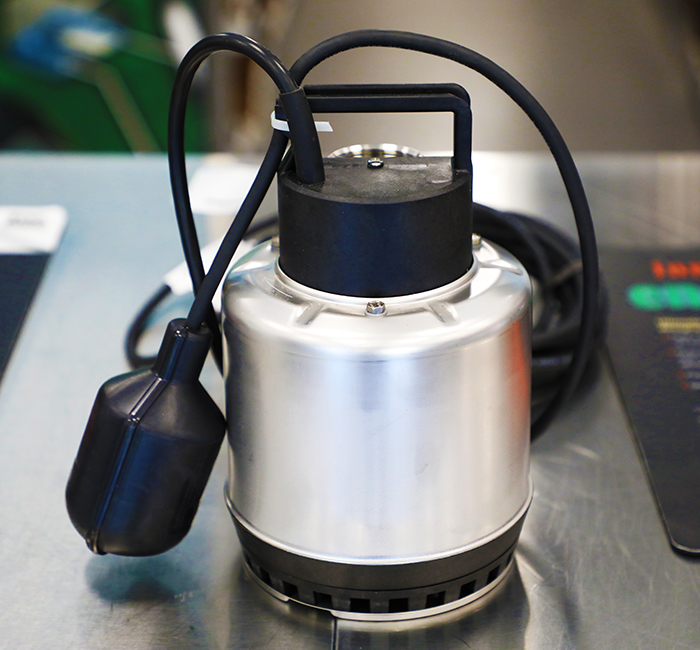Welcome to an exciting edition of Inspector Pumphead’s Classroom! In this feature, we’ll be talking about various small, simple pump “How-To’s” that any homeowner or facilities manager can tackle. Next up: how to attach a float switch.
In the video below, PumpProducts.com application engineer Nick, who I have personally trained, will walk you through the process, using the Goulds LSP0311ATF and Goulds STS21V submersible sump pumps as examples:
If you prefer a written guide, read on.
First, what is a float switch? If you’re browsing this site, chances are you already know, but briefly: a float switch is simply a mechanism that activates a pump when water within the pumping systems enclosed area (pit, basin, etc.) reaches a certain level. A chamber or compartment contains the actual switching mechanism when it is pushed up by water.
There are a wide variety of different switch types. Perhaps the two most common are vertical float switches and tethered style piggyback float switches.
With a vertical switch, a thin plastic stem runs through the center of the switch compartment. The stem is attached parallel to the vertical axis of the pump. Water rises, the switch compartment moves up the plastic stem.

Tethered switches have the compartment attached to a flexible cord, which hangs parallel to the vertical axis of the pump. When the water level rises, the tethered compartment “swings” upward, activating the switch mechanism. Keep in mind that tethered switches require room to swing, so if you have a small or narrow basin, a vertical switch might better serve your needs.
How to Attach
The principles are the same for either a vertical or tethered style float switch, just keep in mind that a tethered switch will need more space to swing up.
First, make sure that you have all your materials. If you buy an automatic pump, a circular clamp mechanism should come with your package. The only tool you’ll need is a screwdriver.
Next, you need to attach the clamp to the float itself. Vertical float switches should have a mounting bracket that connects to the clamp. For a tethered switch, you can slide the cord between a tight snap clip. Put clamp and switch together.
Next, find a good level to attach the switch – it should be higher up on the discharge pipe. Remember, that submersible pumps need to be engulfed in water, which acts as a coolant for the motor.
The clamp should wrap around the cylindrical discharge pipe and rest loosely. Tighten with your screwdriver and voila – your switch is attached. It’s simple and easy. For a piggyback float, you can plug it into the back of your pump’s power cord. As the name suggests, the switch will “piggyback” off of the pump’s current.
As I said in a previous FAQ blog, our application engineers usually recommend buying a pump with a piggyback float (when available) because it grants the user a high degree of control. When attached, the float will “piggyback” of the power cord’s current and activate when the water reaches a certain level, but you can also detach the float and run the pump manually. It’s also a good option as a replacement float because of the ease of installation.
Pump Products application engineers are standing by to help you find the right pump, as well as to provide price quotes, stocking availability and shipping information. Call our toll free number 1-800-429-0800.





